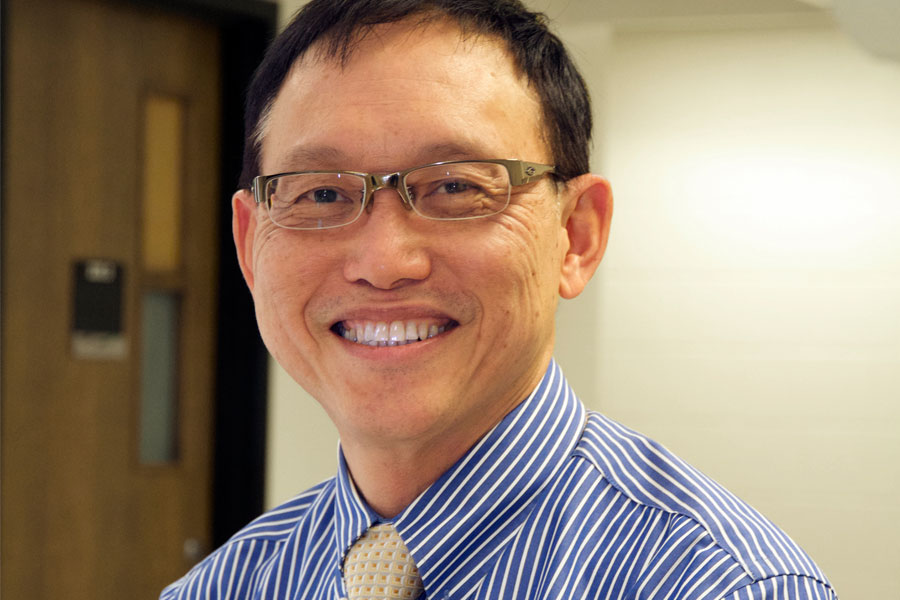"Generating a high level of customer satisfaction is absolutely a priority when we're looking at changes and improvement to our procurement processes," said Kenneth Tan, director of the new Office of Strategic Initiatives in Financial Services and the man overseeing a project called Maximizing the Value of University Spend (MVUS). "We're trying to build better procurement procedures and a huge part of MVUS is understanding customer needs."
The customers he is referring to are the people—hundreds of people—who make purchases on behalf of the U of S. It is a group that spends a significant amount of money; in 2013/14, the university's total non-salary negotiable spend was worth about $121 million. And, he said, those customers are currently dealing with policies and procedures that may not have been updated for some time, that may be difficult to access and may be cumbersome to use.
Although the MVUS name is relatively new, the project pre-dates Tan's arrival at the U of S last April, he said. The first effort was to revamp the university's travel and expense procedures but the project has since been expanded to include additional streams like inventory control, e-procurement, strategic sourcing and even looking at possible consolidation of some of the stores operations and inventory located all over campus.
"The university is a massive organization that is very, very decentralized," said Tan, who moved to the U of S from a position of chief financial officer with a government crown corporation in British Columbia. "Yes, we have policies and procedures (for procurement) but how transparent are they? How often are they reviewed?"
Because the answers to Tan's questions are "not very" and "not often," the result is a procurement process that is altered or adapted by customers "depending on where you are on campus." The goal, he continued, "is to streamline procedures and that requires new thinking to try to find the right balance between prudent processes and having the flexibility to meet unique customer needs."
Tan said one project underway is to adapt an inventory management software model being developed by the Facilities Management Division to other circumstances. "Ultimately, we would like to see everyone on the same system."
There is also work going on to develop an end-to-end system that will bring together all aspects of buying and replace the numerous systems currently in use.
Another stream is focusing on strategic sourcing, said Tan, "consolidating our buy to achieve the savings created by economies of scale. To do that, we have to know what we buy, from whom, who is doing the buying and how they are buying."
In the current decentralized environment, many people may be sourcing the same product from different suppliers. By consolidating those purchases with a single supplier, the university's significant buying power can be used to negotiate more favourable pricing. "What we're trying to get to is a preferred supplier listing for more goods and services that our customers can benefit from using," he said.
A lot of effort has already gone into gathering information and analyzing how goods and services are purchased, said Tan, "and I think we have a pretty good idea of what the situation is." He estimates it will take a year to enhance existing policies and procedures, and two to three years for an end-to-end technological solution for procurement.
"When it works well for users and embeds all processes in a single system, it will be a dream. We're past the information gathering and spend analysis stages and we're now moving toward solutions."

Maximizing the spend
Understanding how best to achieve efficiency, and ultimately savings, in the vast and complex area of procurement at the University of Saskatchewan first requires a close look at the experience of the people doing the buying.